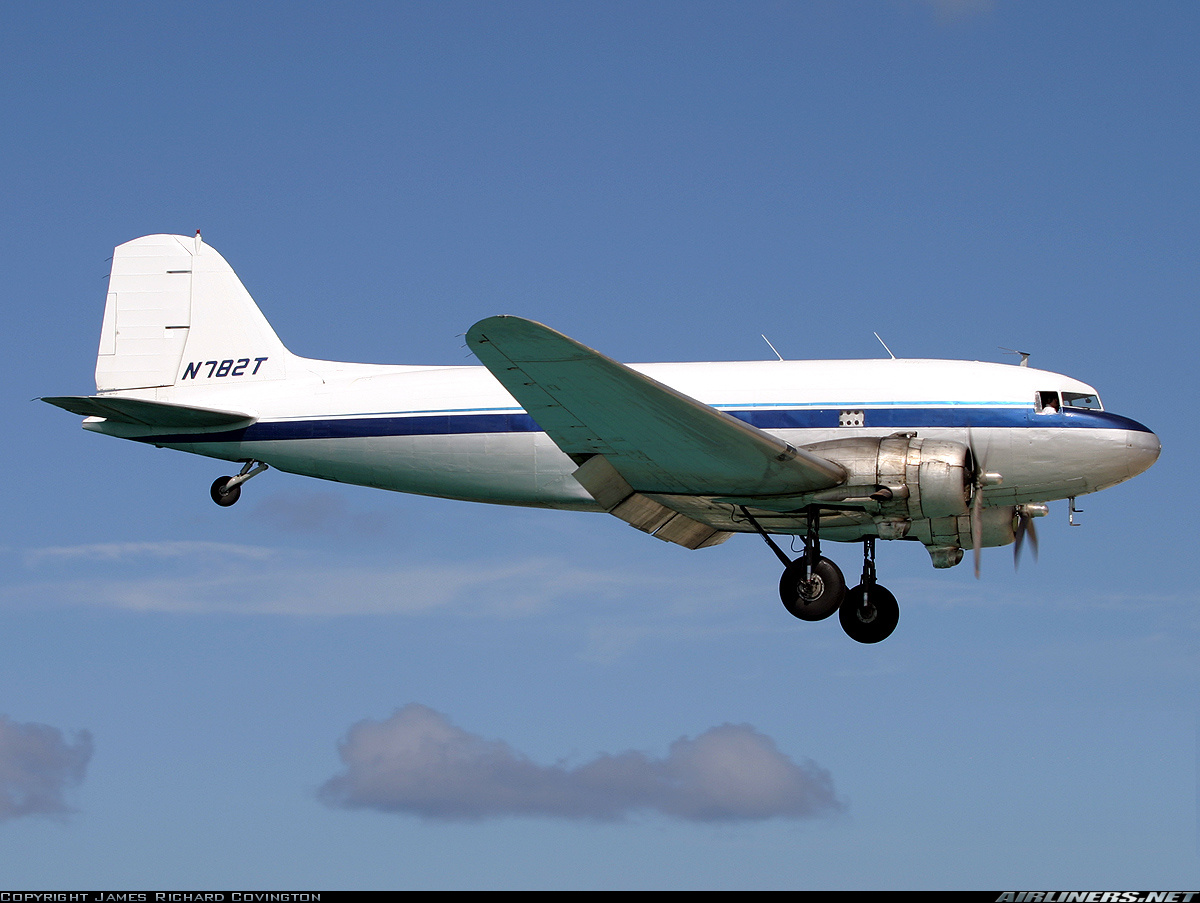Crash of a Convair CV-340-71 in Charlotte Amalie
Date & Time:
Jan 17, 2011 at 0756 LT
Registration:
N8277Q
Survivors:
Yes
Schedule:
Charlotte Amalie - San Juan
MSN:
282
YOM:
1955
Crew on board:
2
Crew fatalities:
Pax on board:
0
Pax fatalities:
Other fatalities:
Total fatalities:
0
Captain / Total hours on type:
6810.00
Copilot / Total hours on type:
237
Aircraft flight hours:
17279
Circumstances:
Before departing on the flight that preceded the accident flight, the flight crew performed an engine-run, including a magneto check, during which they noted backfiring from the left engine. The captain first attributed the issue to water contamination of the fuel but then attributed it to fouled spark plugs. An additional engine run resulted in no further backfiring, and the captain decided to depart on the cargo flight; no maintenance was requested or performed on the left engine before departure. When the airplane was near the destination airport, the left engine backfired once again. The flight continued to the destination airport where the airplane landed uneventfully and the cargo was off loaded; again, no maintenance was performed or requested for the left engine. For the accident flight, the first officer was the pilot flying and the captain was the pilot monitoring. During the takeoff, the local controller noted black smoke trailing the left engine and advised the flight crew; however, the captain attributed the smoke to normal operation for the airplane type and decided to continue the flight. Meanwhile, air traffic control communications for the flight were transferred to San Juan Combined En Route Approach Control (San Juan CERAP). The local controller who noted the black smoke continued to watch the airplane’s departure. When the airplane was about 1 mile west of the runway, the controller observed bright orange then red flames from behind the left engine and immediately informed the San Juan CERAP controller, who in turn immediately notified the flight crew. The captain assumed control of the airplane and directed the first officer to go to the cabin to visually inspect the left engine. The first officer returned to the cockpit and informed the captain that he observed fire, and they immediately executed the fire checklist and shut down the left engine. However, the fire continued because it was located in an area where fire suppression bottles could not reach. The pilots returned to the airport; fire rescue vehicles were pre-positioned along various portions of the runway. The airplane touched down on the runway centerline. Because the fire had damaged the left brake line, braking was asymmetrical, and the airplane departed the right side of the runway and came to rest adjacent to the airport perimeter fence.
Probable cause:
The National Transportation Safety Board determines the probable cause(s) of this accident to be:
The captain’s decision to continue the flight with the left engine backfiring, resulting in an engine fire shortly after takeoff. Contributing to the accident were the captain’s decision to continue the flight following a report of black smoke trailing the airplane and in-flight fire damage to the left wheel brake system, resulting in a loss of directional control during an emergency landing.
The captain’s decision to continue the flight with the left engine backfiring, resulting in an engine fire shortly after takeoff. Contributing to the accident were the captain’s decision to continue the flight following a report of black smoke trailing the airplane and in-flight fire damage to the left wheel brake system, resulting in a loss of directional control during an emergency landing.
Final Report:








